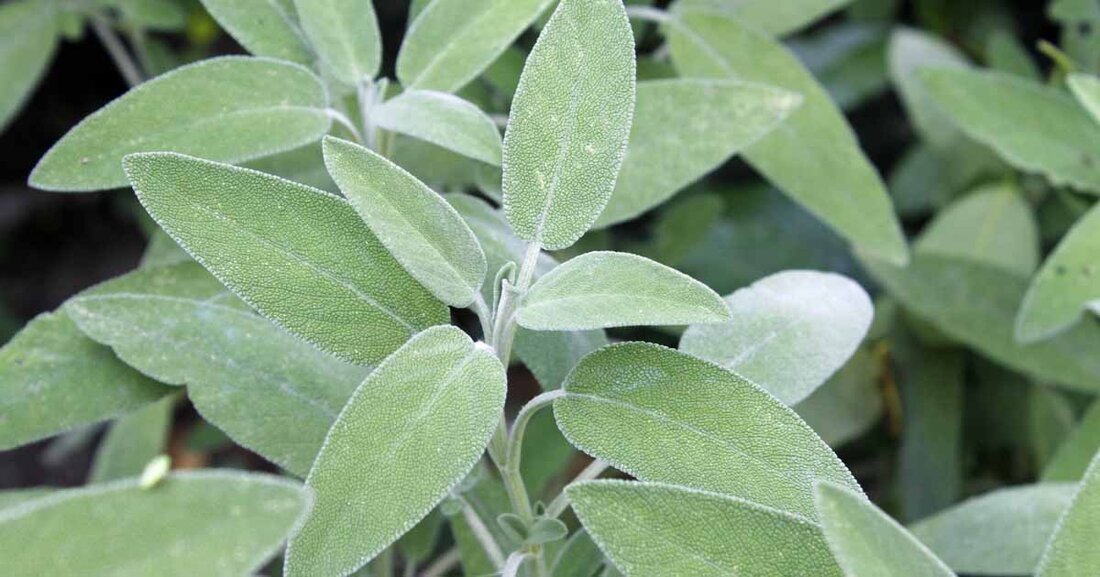Grow your own herbs
What is an herb? Herbs are the leafy, green part of aromatic plants grown for culinary use. Herbs have become a cooking necessity. Chefs have options. Dried herbs can be purchased at your local market. Nowadays everyone is health conscious and prefers to cook with fresh herbs. The beauty of herbs is that they can be grown indoors or outdoors. Where you grow your plant is a personal decision. Whatever you choose, herbs need moisture and light. Starting from seeds: Any small container will do. Make sure there are holes at the bottom of the container...

Grow your own herbs
What is an herb?
Herbs are the leafy, green part of aromatic plants grown for culinary use. Herbs have become a cooking necessity. Chefs have options. Dried herbs can be purchased at your local market. Nowadays everyone is health conscious and prefers to cook with fresh herbs. The beauty of herbs is that they can be grown indoors or outdoors. Where you grow your plant is a personal decision. Whatever you choose, herbs need moisture and light.
Starting from seeds:
Any small container will do. Make sure there are holes at the bottom of the container for drainage. Your plant needs good drainage. Add your soil. I fertilize the soil before adding the seeds. Nutrients come out of the soil. Place the seeds about ¼ inch from the top soil. Water well and cover with a plastic lid or clear plastic wrap. When I see healthy sprouts, I remove the plastic cover. Two of the most important things to remember are to always keep the soil moist during your seedling phase. Second, place it in a sunny location in your home.
If you're planting directly outdoors, choose a spot just for your herbs. It can be next to other vegetables or flowers, but seedlings must have full sunlight. Your outdoor seedlings need regular watering and fertilizer. When planting indoors or outdoors, I like to use organic compost and fertilizer to ensure healthy and thriving plants. Never use fertilizer that is not labeled for use on edible plants
Tips for Planting and Growing Herbs:
Annual herbs are easy to start and inexpensive.
Harvest to the full aroma of the plant
Keep pesticides to a minimum. I like to mix liquid soap and water and spray my plants for pests. If this doesn't kill your pests, look for non-toxic pesticides or pesticides used on edibles.
Design ideas:
Herbs do not have to be restricted for seasoning, but can be used as ornamental plants
The curly variety of parsley makes a great border plant. Bay laurel is a tall herb and can be potted and used in central locations. Tricolor sage looks great in containers.
Mint and oregano tend to spread, think of a hanging plant.
Trim:
Once herbs are grown, they need to be pruned. Since you're using the herb for cooking, there shouldn't be a problem. If the herbs are not pruned, they will grow tall and lanky. Trim and prune for a full healthy plant.
Herbs and Pairing:
Bay leaf: Used in soups and stews. Substitute: thyme
Basil: Vegetable great with tomatoes. Substitutes: marjoram, mint,
Chives: Good with salads and cold plates. Substitutes: green onions and scallions
Cilantro: Salsa, Asian and Caribbean dishes. Substitutes: flat-leaf parsley, spicy basil
Dill: fish, chicken, eggs, salads, beans, carrots, cucumbers, cabbage, potatoes,
Pickles & sour cream or yogurt dips. Substitute: caraway
Lemongrass: Thai dishes, chicken, beef, curry sometimes combined with coconut milk.
Substitute: lemon peel
Lemon Verbana: Fish, poultry, marinades, salad dressings, jams, sauces, teas
Substitute: lemongrass & lemon peel
Mint: lamb, eggplant, desserts, teas, salads, vegetables, fruits. Substitute: Spicy basil
Oregano: Beef, chicken, pasta, tomatoes. Substitutes: marjoram, mint, basil
Sage: Poultry, beans, stuffing, pasta. Substitutes: thyme, savory
Tarragon: chicken, eggs, fish substitute: anise, fennel

 Suche
Suche
 Mein Konto
Mein Konto
